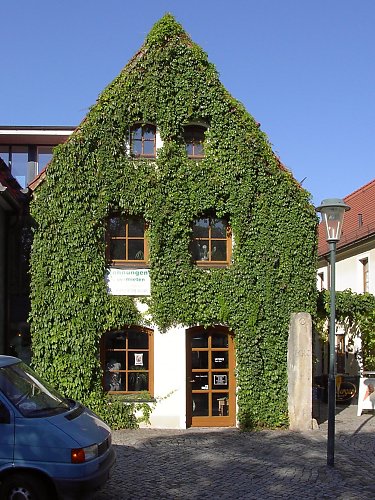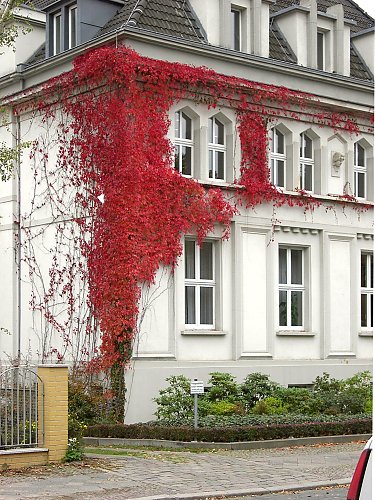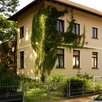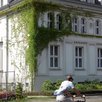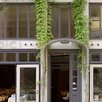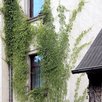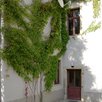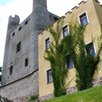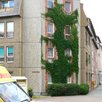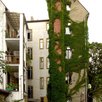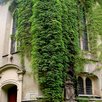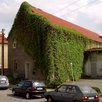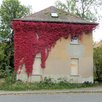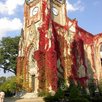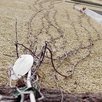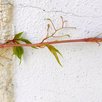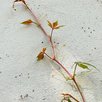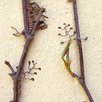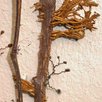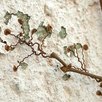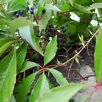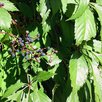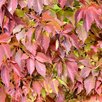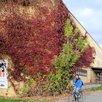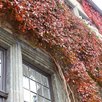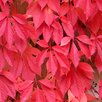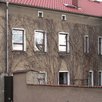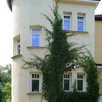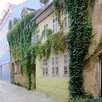Engelmann Ivy
The "Engelmann Virginia Creeper" is a healthy and strong self-clinging vine that is well known for its autumn colouring. The species originates from North America and is amongst the most popular climbing plants.
Parthenocissus quinquefolia "Engelmannii", American ivy, five-leaved ivy, Virginia Creeper var. "Engelmannii"
>>> Price
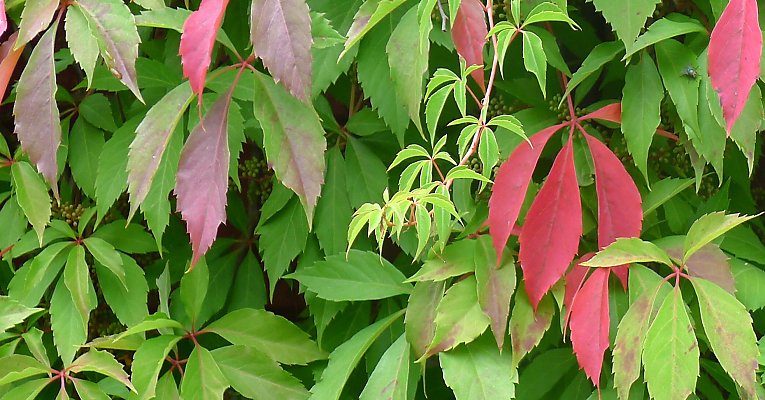
To Thrive...
Plant in sunny to semi-shady location; will develop more beautiful autumn colours in the sun. Distance between plants: 3 - 6 metres.
>>> Price
Characteristics and Pruning
This vine climbs with both tendrils (stem tendril climber) and adhesive pads (self climber), has vigorous growth (up to 25 m high) and an annual shoot growth of 1 - 3 metres, often cascading. Has young reddish stems and leaves that are large, strong, smooth, or filigree ("Engelmannii"). Exceptionally healthy foliage, and extremely frost-hardy; foliage from May to October with intense autumn colour! Climbs with short tendrils, at the ends of which adhesive discs form (strong adhesion to any surface). The inconspicuous green-yellow flowers in early summer are followed by blue-black berries on red stems. They are a beloved food for birds, who then leave their bright blue 'droppings.' Summer and winter prune as needed to restrain its vigorous growth (can cause building/structural damage...) The plants are very easily shaped into any form, but the wild variety doesn't adhere well to walls and facades at all and is not particularly suited for building greening.
Note: Often the closely related P. inserta (thicket creeper or 'false virginia creeper'), which does *not* stick to walls, is available under the name of P. quinquefolia. Also, there is a wild species of Parthenocissus quinqefolia (not Engelmannii) which is strong in growth, has coarser and darker foliage, and minimal adhesion capacity.
Climbing Supports for the Facade
Additional support to attach the plant and to prevent collapsing is recommended. In some cases and especially on wind-exposed walls where risk of collapse is higher, wire rope systems (see below) like the basic kit may be required. For very tall walls, a support system like our medium classic kit may be needed. See the table below for compatible systems.
Wire Rope Systems for Engelmann Ivy
Please click on the graphic illustrations for details!
| = suitable | = of limited suitability | = unsuitable |

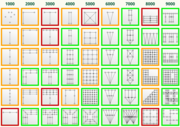
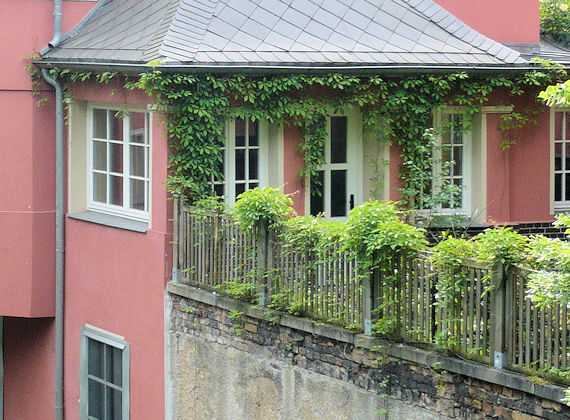
![[Translate to Englisch:] Begrünung mit Parthenocissus quinqefolia "Engelmanni, Kirchruine Wachau / D - 04416 Markkleeberg / Sachseni" [Translate to Englisch:] Begrünung mit Parthenocissus quinqefolia "Engelmanni, Kirchruine Wachau / D - 04416 Markkleeberg / Sachsen](/fileadmin/uw/kletterpflanzen/uw/mauerwein/mauerwein-dateien/kirchruine-wachau-180.jpg)
